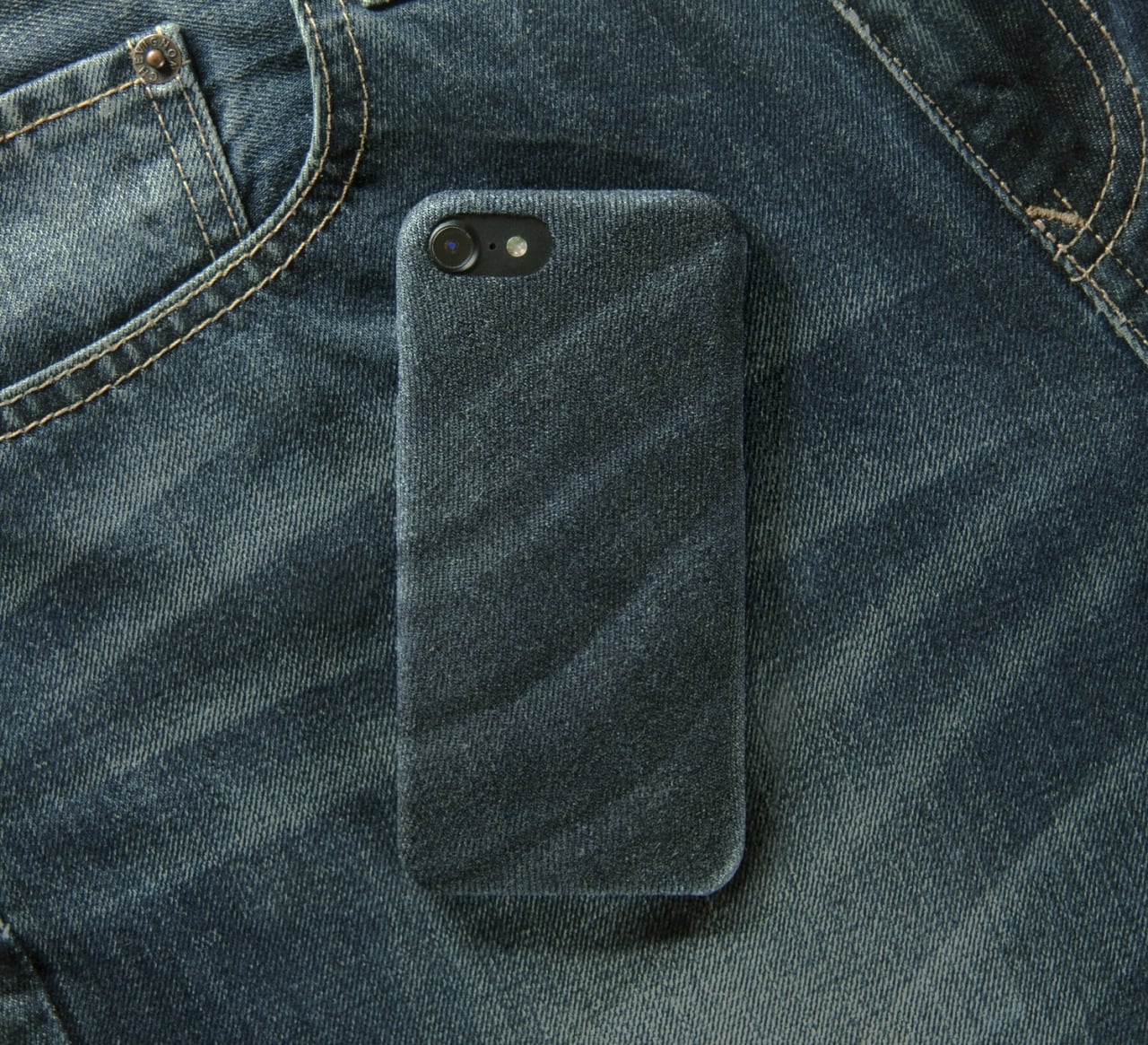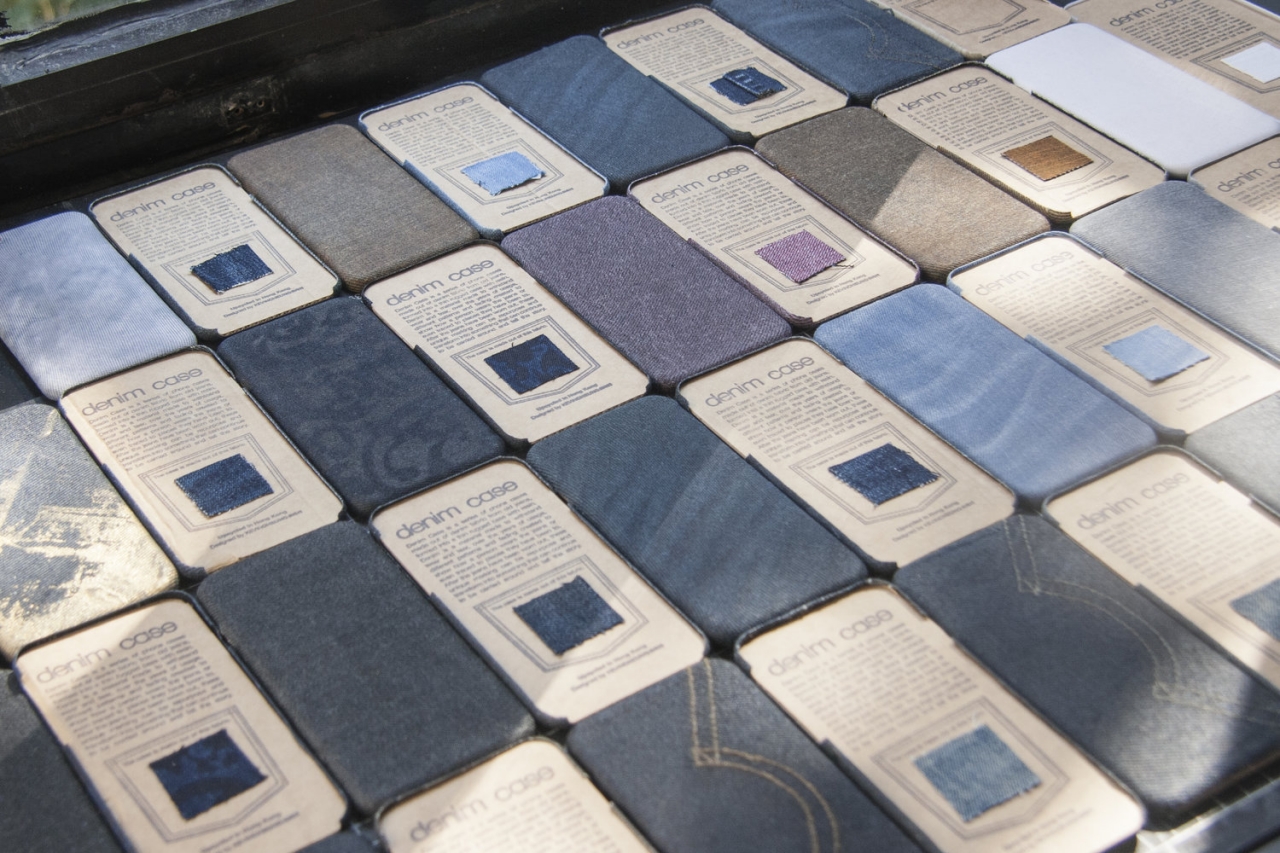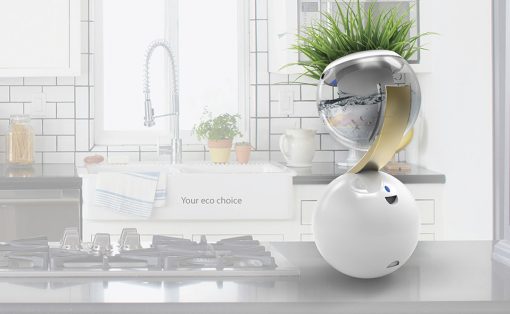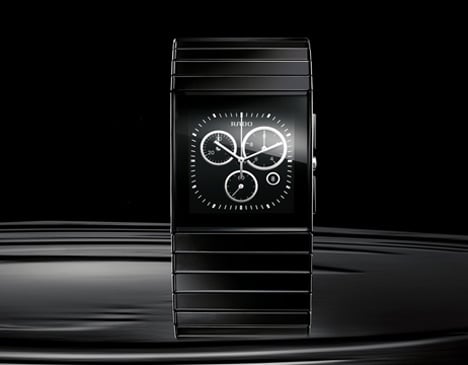
Forget recycling. Upcycling could be the next trend that creates new things out of old ones and save more energy at the same time.
We are probably all familiar with the idea of recycling, where certain materials are broken down to be remade into something new, usually related to the original composition, like how paper becomes recycled paper or aluminum comes become ingots. That process, however, doesn’t always work for kinds of things, and many more products end up in landfills when they could still be put to good and often unrelated use. That’s why a young product designer in Hong Kong is trying to kick off a new way of thinking that turns throwaway materials and objects into something useful and perhaps even a bit surprising.
Designer: Kevin, Cheung Wai Chun

Based in Hong Kong, Kevin Cheung describes himself as an “upcycling product designer” and distances himself from the more common concepts of recycling. In fact, he labels recycling as “downcycling” because of how the process breaks down materials rather than using them as-is. While it’s still a big step forward when it comes to sustainability, Cheung tells the South China Morning Post that the entire process still consumes a lot of water and energy in the long run.
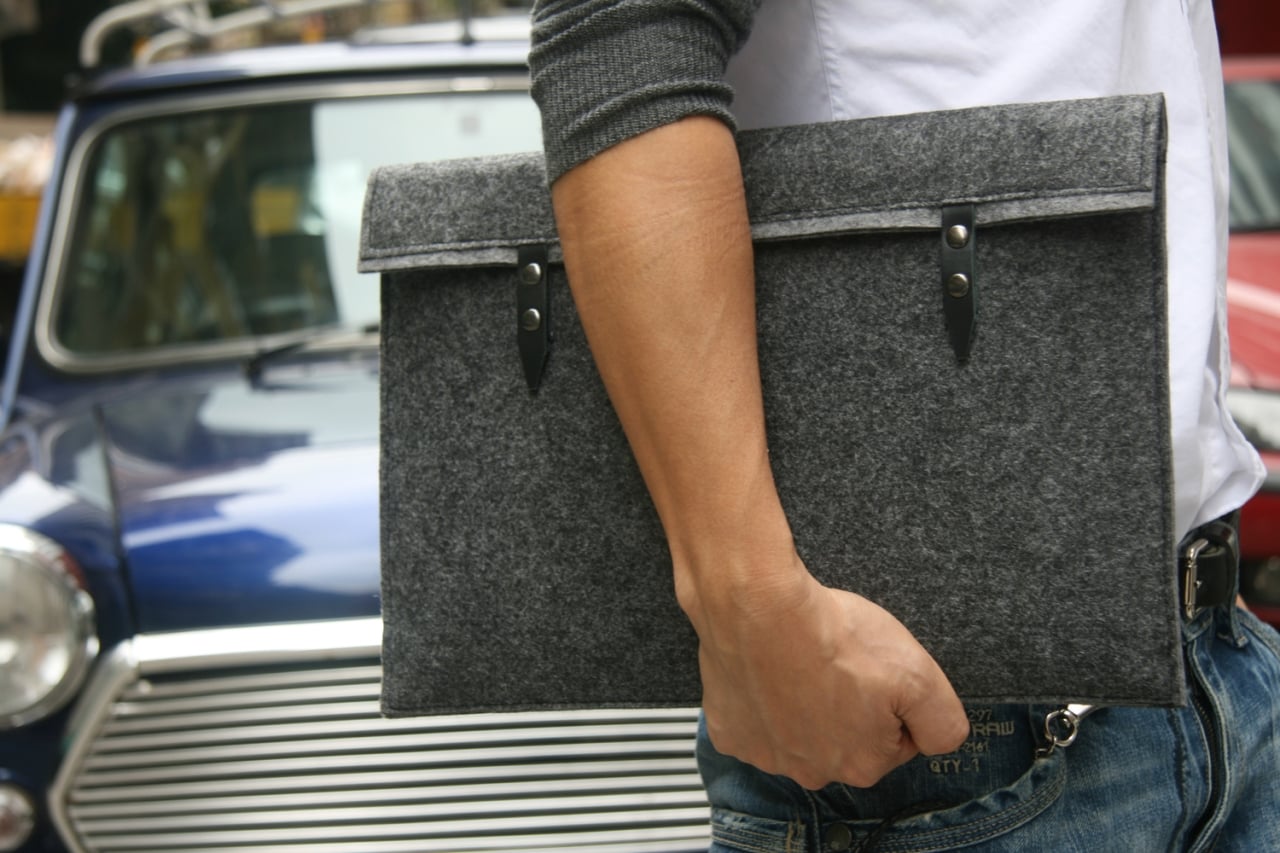
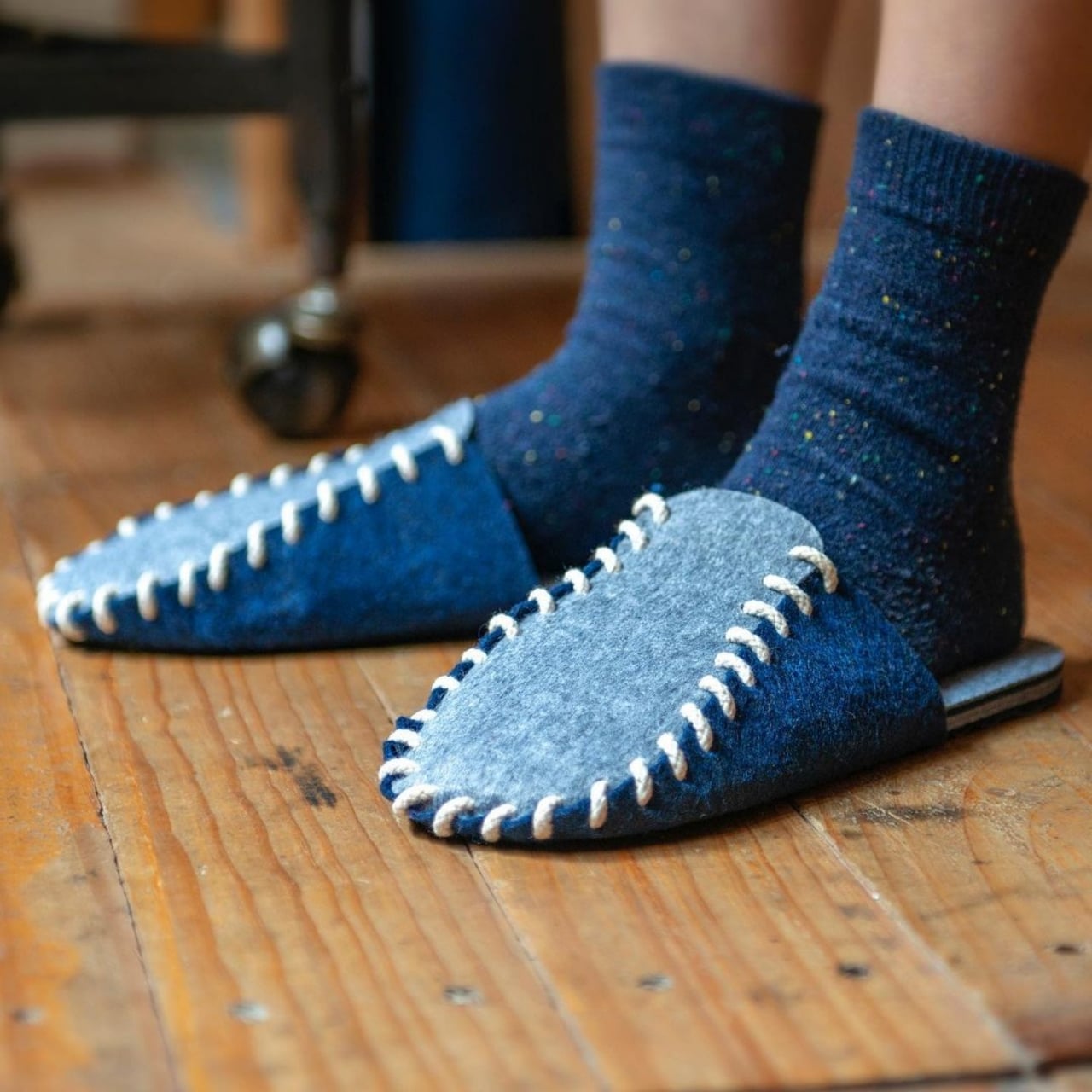
In contrast, upcycling actually uses a material’s properties and incorporates that into a new product. Leftover felt carpets from the Hong Kong Convention and Exhibition Centre, for example, are turned into a protective pouch for laptops or even comfy slippers. Coffee bean bags made from heavy-duty jute fabric can be turned into tote bags that tell the whole world your love for the drink.


You might be expecting that Cheung regularly scours waste stations and garbage dumps for materials to use, but that would actually defeat the purpose. Reusing rubbish from those sources would actually take more time and use up water, which is what upcycling is trying to avoid. Instead, the designer goes directly to the sources of these throwable objects, like companies and stores that don’t give a second thought to what they toss out. Cheung’s inaugural upcycling product, the Boombottle, uses plastic bottles from medical clinics.
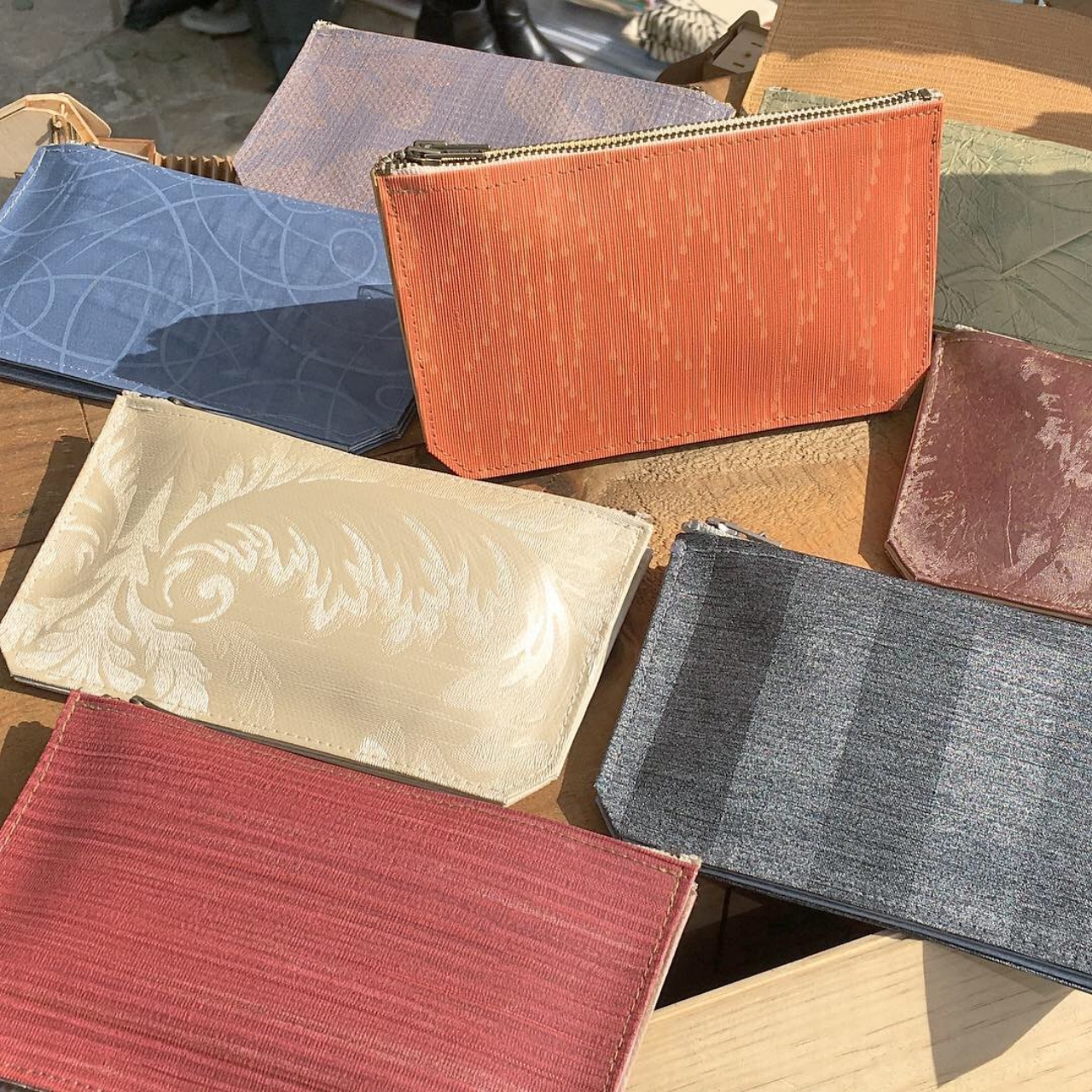
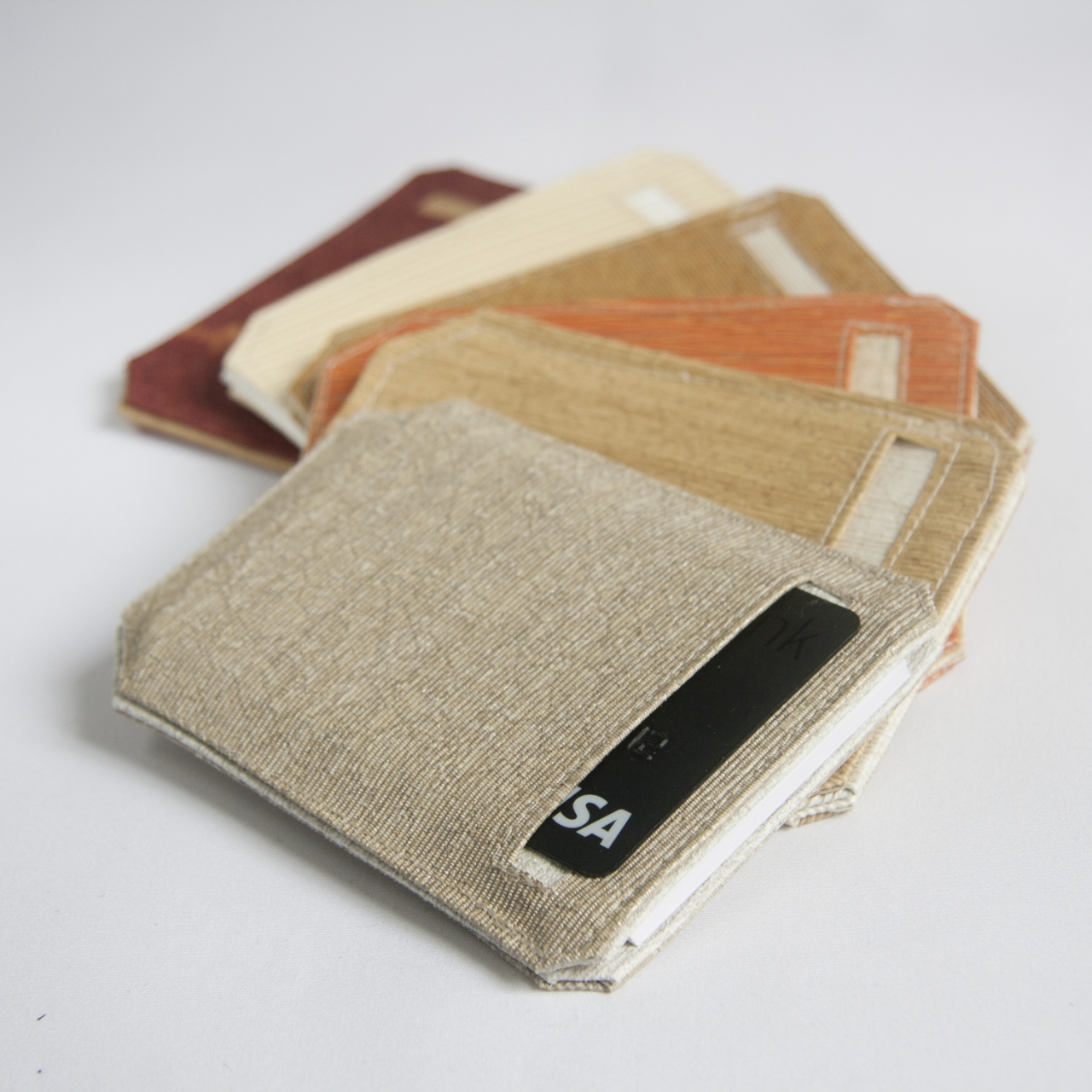
More than just the environmental benefits, however, Kevin Cheung’s upcycling push also carries with it some human elements. Wallpapers that spark memories or come from other countries can turn into wallets that accompany you wherever you go. Jeans become smartphone cases that not only give a warmer and more tactile feel to an otherwise cold object but also fade in unique ways over time. Each object becomes more than just a product for use but a book that tells the story of the humans that have encountered it.
